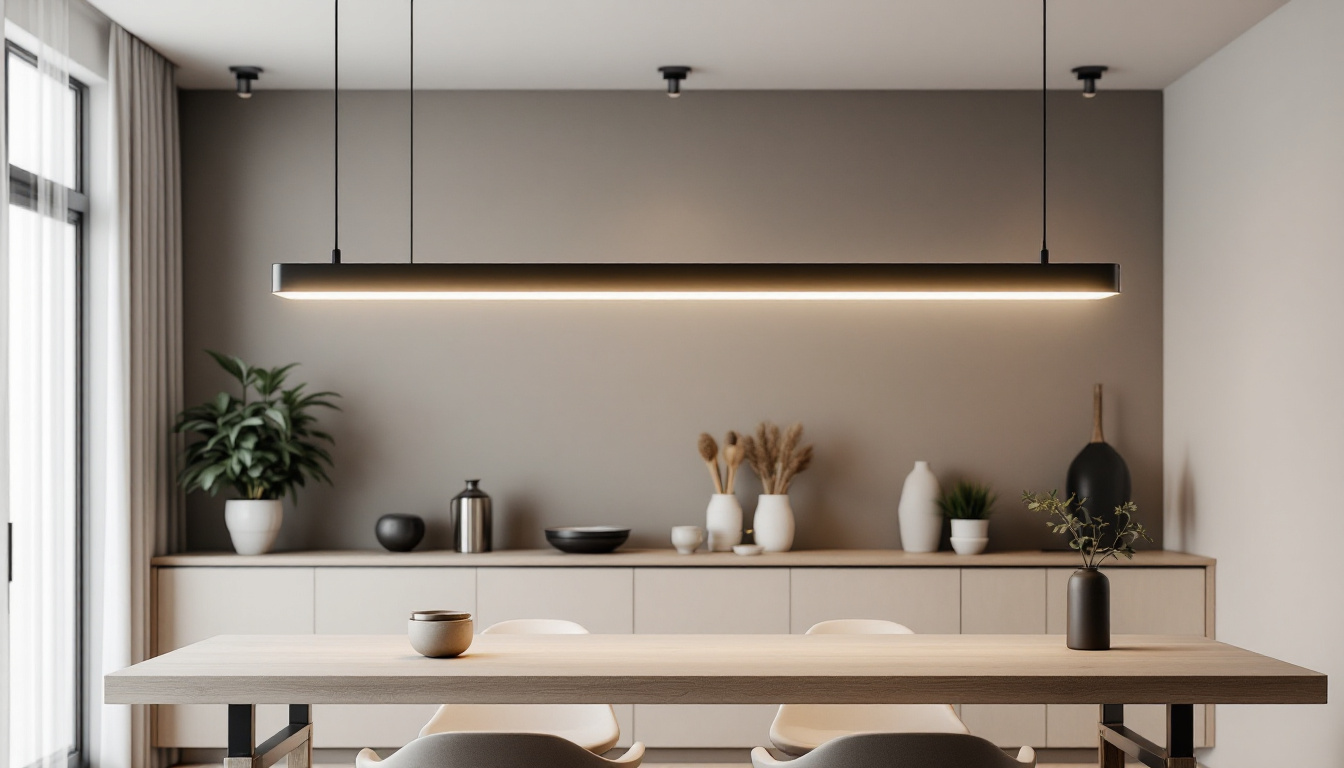
Outdoor sconce light fixtures are an essential component of exterior lighting design, providing both functionality and aesthetic appeal. For lighting contractors, understanding the best practices for selecting, installing, and maintaining these fixtures is crucial to ensuring customer satisfaction and enhancing outdoor spaces. This article delves into the key considerations and expert tips that contractors should keep in mind when working with outdoor sconce light fixtures.
outdoor sconces serve multiple purposes, from illuminating pathways to enhancing the architectural features of a home. These fixtures can vary widely in design, size, and functionality, making it essential for contractors to have a comprehensive understanding of their characteristics.
Outdoor sconces come in various styles, including traditional, modern, and rustic designs. Each type can dramatically influence the overall look of a space. Traditional sconces often feature ornate details and warm finishes, while modern designs may prioritize sleek lines and minimalistic aesthetics. Understanding the style preferences of clients can help contractors recommend the most suitable options.
Furthermore, sconces can be categorized based on their light source, including LED, incandescent, and fluorescent options. LED fixtures are increasingly popular due to their energy efficiency and longevity, making them a smart choice for environmentally conscious clients. Additionally, the color temperature of the light emitted can affect the mood of the outdoor space; warm white lights create a cozy atmosphere, while cooler tones can lend a more contemporary feel.
When selecting outdoor sconces, it is vital to consider their functionality. For example, fixtures should provide adequate illumination for safety and security while also enhancing the ambiance of outdoor living areas. Contractors should evaluate the specific needs of the space, such as the height of the installation and the direction of the light beam.
Another functional aspect to consider is the placement of the sconces. Proper positioning can help minimize shadows and ensure even lighting distribution. Contractors should also be mindful of the surrounding landscape and architecture to create a harmonious lighting design. In addition to aesthetics, the durability of the materials used in outdoor sconces is crucial, as they must withstand various weather conditions. Choosing fixtures made from corrosion-resistant metals or UV-resistant plastics can ensure longevity and reduce maintenance costs over time.
Moreover, the integration of smart technology in outdoor sconces is becoming increasingly popular. Many modern sconces now come equipped with features such as motion sensors and dimming capabilities, allowing for enhanced security and energy savings. These smart sconces can be programmed to turn on at dusk and off at dawn or can be controlled remotely via smartphone apps, providing homeowners with convenience and peace of mind. Understanding these technological advancements can help contractors offer innovative solutions that meet the evolving needs of their clients.
Proper installation is crucial for the performance and longevity of outdoor sconce light fixtures. Following best practices can help contractors avoid common pitfalls and ensure a successful installation process.
Before installation, conducting a thorough site assessment is essential. This includes evaluating the existing electrical infrastructure and determining the best locations for sconces based on the layout of the outdoor space. Contractors should take measurements and consider factors such as the height of the fixtures and the distance from walls or other structures.
Planning the installation process also involves selecting the appropriate mounting hardware and ensuring that all necessary tools are on hand. Contractors should familiarize themselves with the manufacturer’s installation instructions to avoid any complications during the process. Additionally, it’s beneficial to consider the aesthetic aspects of the installation. The positioning of sconces should enhance the architectural features of the home while providing adequate illumination for pathways, entrances, and outdoor living areas. Engaging with the client to understand their vision can lead to a more satisfying outcome.
Safety is paramount when dealing with electrical installations. Contractors should ensure that all electrical work complies with local codes and regulations. This includes using weatherproof junction boxes and ensuring that all wiring is rated for outdoor use.
Additionally, it is advisable to install sconces on a dedicated circuit to prevent overloads. Contractors should also consider integrating smart lighting systems that allow for remote control and automation, providing clients with added convenience and energy savings. Beyond the technical aspects, it’s important to educate clients about the benefits of energy-efficient LED bulbs, which not only reduce electricity costs but also have a longer lifespan compared to traditional bulbs. Offering options for dimmable fixtures can further enhance the outdoor ambiance, allowing homeowners to adjust the lighting based on their activities and preferences. This attention to detail not only improves functionality but also elevates the overall experience of the outdoor space.
Once outdoor sconces are installed, regular maintenance is essential to keep them functioning optimally and looking their best. Contractors should educate clients on proper care techniques to prolong the life of their fixtures.
Outdoor sconces are exposed to various environmental elements, including dust, rain, and UV rays, which can affect their appearance and performance. Regular cleaning is necessary to remove dirt and debris that can accumulate over time. Contractors should recommend using a soft cloth and mild soap to clean the fixtures without damaging the finish.
In addition to cleaning, contractors should advise clients to periodically check the fixtures for any signs of wear or damage. This includes inspecting the wiring, bulbs, and mounting hardware to ensure everything is in good condition. Promptly addressing any issues can prevent more significant problems down the line.
Seasonal changes can impact the maintenance needs of outdoor sconces. In areas with harsh winters, it may be necessary to take additional precautions, such as removing bulbs or covering fixtures to protect them from snow and ice. Contractors should provide tailored advice based on the local climate to help clients prepare their outdoor lighting for seasonal shifts.
Incorporating outdoor sconces into a lighting design requires a keen eye for aesthetics and functionality. Contractors should consider how these fixtures can enhance the overall ambiance of outdoor spaces.
Effective outdoor lighting design often involves creating layers of light to achieve depth and dimension. Sconces can be used in conjunction with other lighting sources, such as landscape lights and string lights, to create a well-rounded lighting scheme. Contractors should encourage clients to think about their outdoor areas as a whole when planning their lighting layout.
By strategically placing sconces at different heights and angles, contractors can help create visual interest and highlight key architectural features or landscaping elements. This layered approach not only enhances the aesthetic appeal but also improves safety by illuminating pathways and entryways.
The color temperature of outdoor sconces can significantly influence the mood of a space. Warm white light (2700K-3000K) is often preferred for creating a cozy and inviting atmosphere, while cooler white light (4000K-5000K) can provide a more modern and energetic feel. Contractors should discuss color temperature options with clients to ensure that the selected sconces align with their desired ambiance.
Additionally, the use of dimmers can allow clients to adjust the brightness of their sconces based on the occasion, further enhancing the versatility of outdoor lighting.
Even experienced lighting contractors can fall victim to common mistakes when working with outdoor sconce light fixtures. Being aware of these pitfalls can help ensure a smoother installation process and more satisfied clients.
One of the most common mistakes is selecting sconces that are not appropriately scaled for the space. Fixtures that are too small can get lost in the architecture, while oversized sconces can overwhelm the area. Contractors should consider the size of the wall or entryway where the sconces will be installed and choose fixtures that complement the overall proportions.
Furthermore, the height at which sconces are installed is critical. Ideally, sconces should be mounted at eye level to maximize their effectiveness and create a balanced look. Contractors should take the time to assess the best height for installation based on the specific location and purpose of the fixtures.
In today’s environmentally conscious market, neglecting energy efficiency can be a significant oversight. Contractors should prioritize LED sconces and energy-efficient lighting solutions to meet client demands for sustainability. Educating clients about the benefits of energy-efficient options can also enhance their overall satisfaction with the project.
Incorporating smart lighting controls can further increase energy savings and provide clients with modern conveniences. This includes features like motion sensors and timers, which can help reduce unnecessary energy consumption.
Outdoor sconce light fixtures play a vital role in enhancing the beauty and functionality of outdoor spaces. For lighting contractors, adhering to best practices in selection, installation, and maintenance is essential to delivering high-quality results that meet client expectations. By understanding the various types of sconces, following proper installation techniques, and creating thoughtful lighting designs, contractors can elevate their projects and ensure lasting satisfaction for their clients.
Ultimately, the combination of aesthetic appeal and practical functionality makes outdoor sconces a valuable addition to any outdoor lighting scheme. By staying informed about industry trends and best practices, lighting contractors can continue to provide exceptional service and innovative solutions in the ever-evolving field of outdoor lighting.
Ready to take your outdoor lighting projects to the next level? At LumenWholesale, we provide lighting contractors with the finest selection of spec-grade outdoor sconce light fixtures. Our commitment to quality and affordability ensures that you can light up any space with confidence and ease. Say goodbye to inflated markups and hello to unbeatable wholesale prices, free shipping, and the convenience you deserve. Elevate your lighting designs today by exploring our extensive range and taking advantage of the best value in wholesale lighting. Wholesale Lighting at the Best Value.

Explore the world of light bulb base sizes and discover the best alternatives for lighting contractors.

Discover effective strategies for lighting contractors to tackle common challenges with LED flush mount lights.

Discover the essentials of linear suspension lighting in just five minutes with this concise guide tailored for lighting contractors.

Discover how Keystone Technology is revolutionizing lighting installation projects with innovative solutions that enhance efficiency, reduce costs, and improve overall project outcomes.